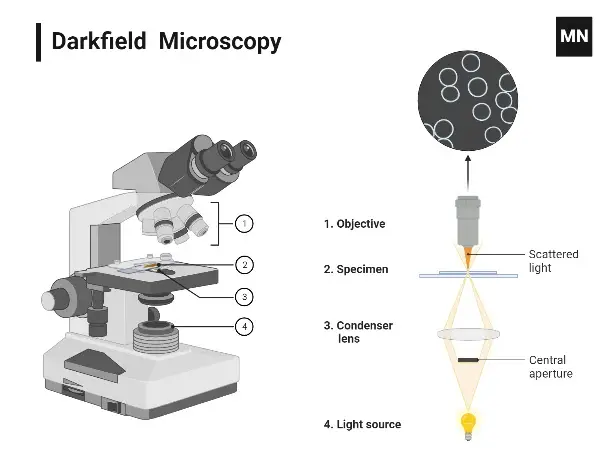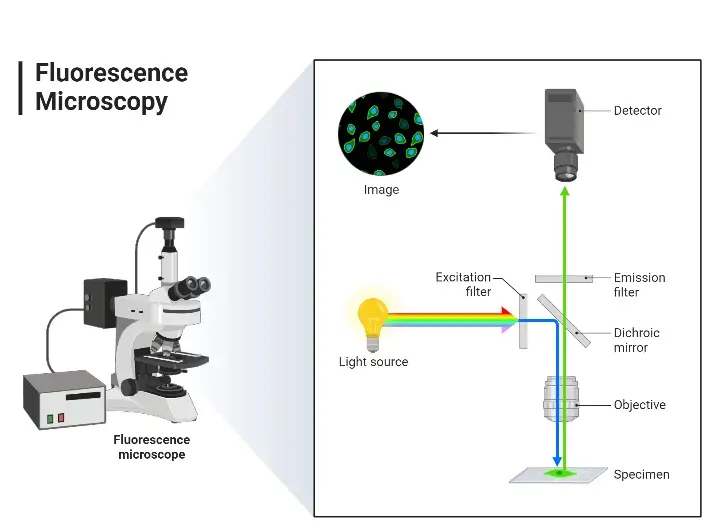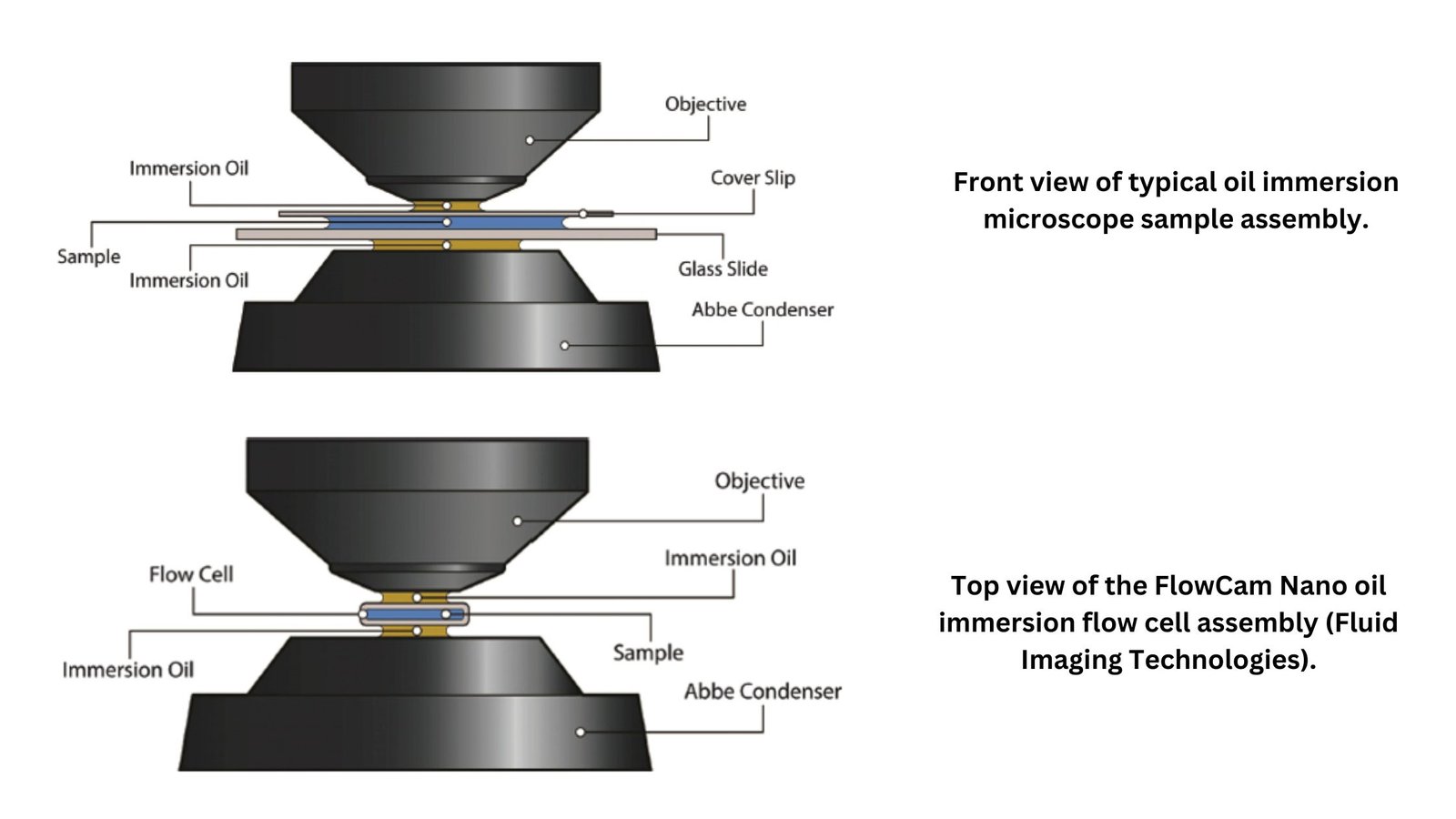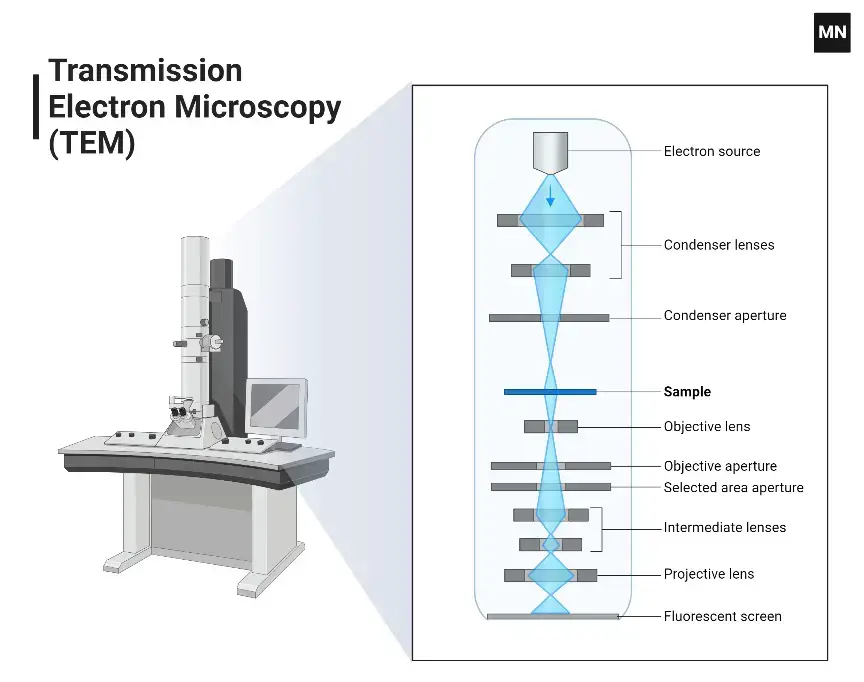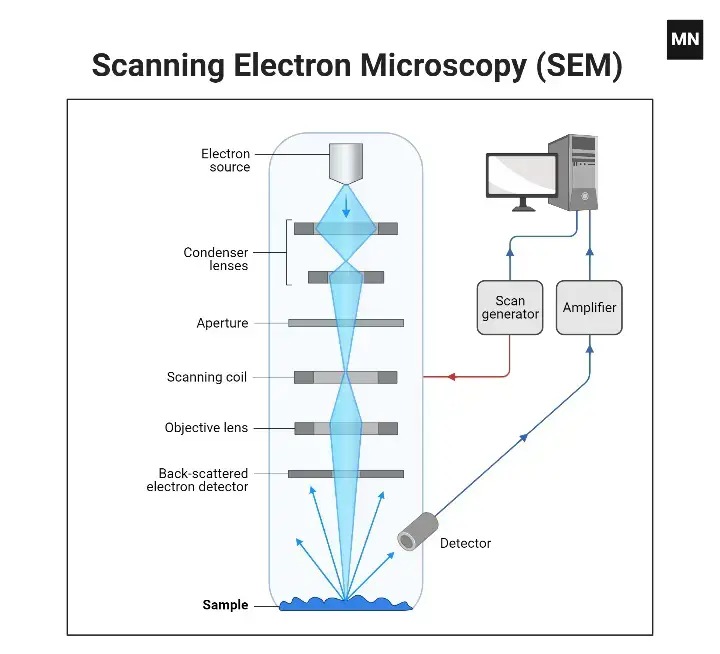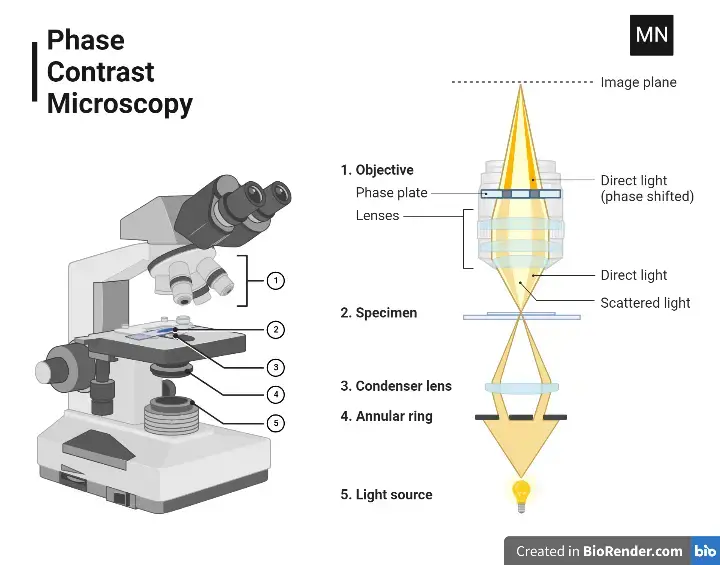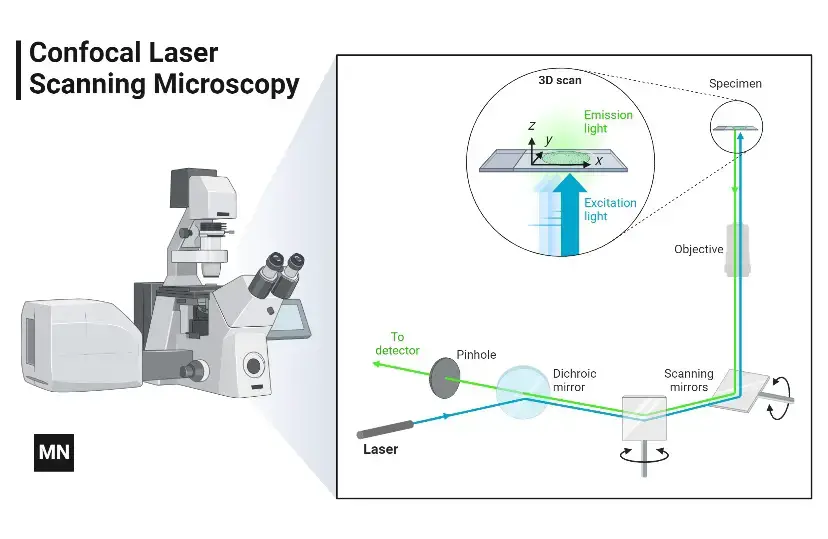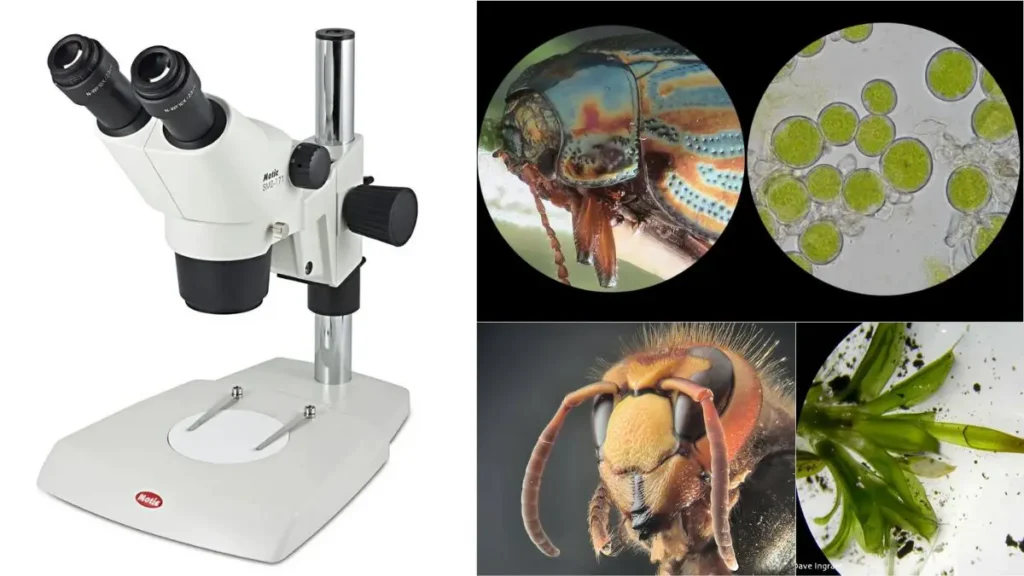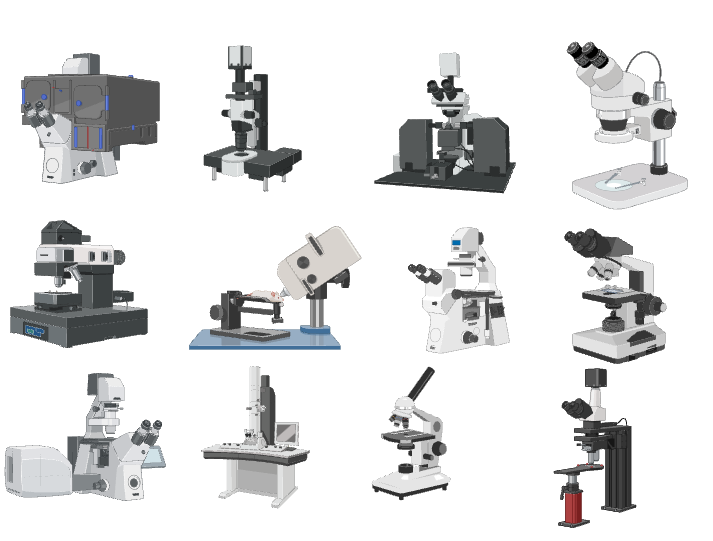Darkfield Microscope – Definition, Principle, Uses, Diagram
The darkfield microscope dates back to the early 19th century with some of the developments in optical microscopy. It was then that scientists started conducting experiments on different illumination techniques in a quest to maximize contrast for observing transparent and fragile specimens. Toward the late 1800s, the darkfield technique became quite popular, especially when live … Read more
